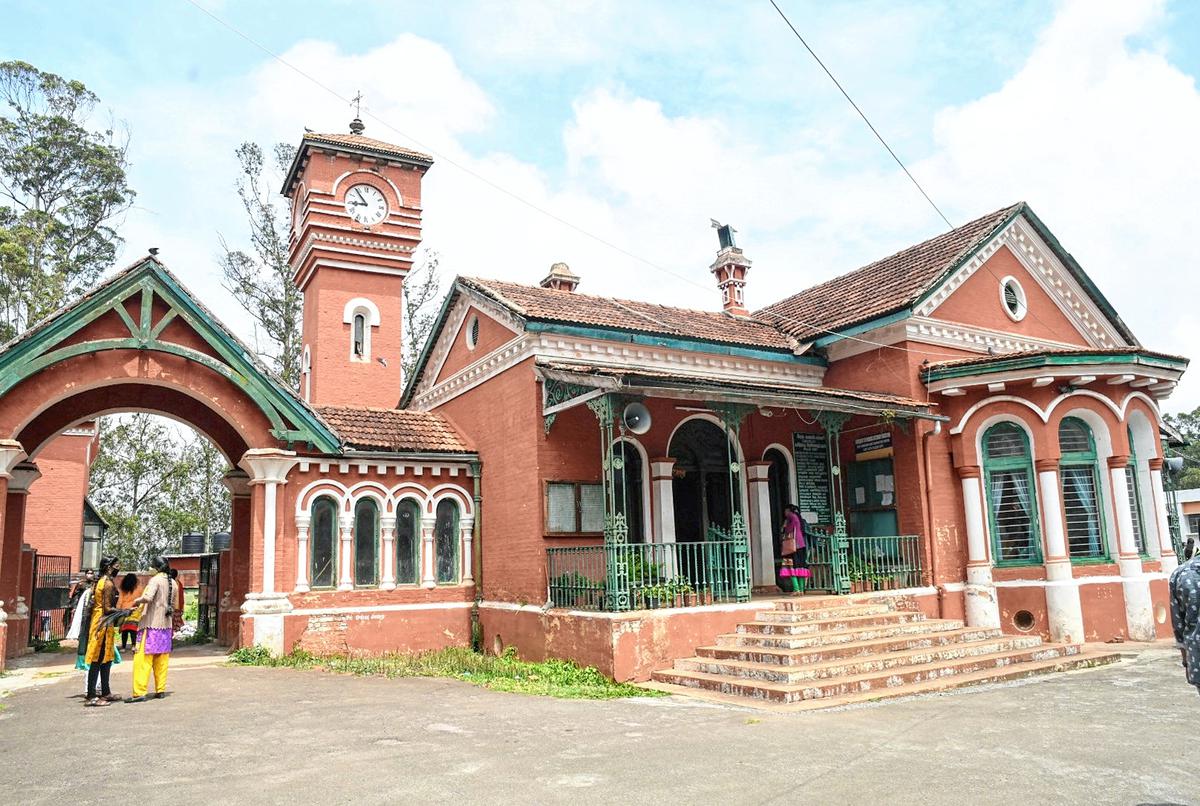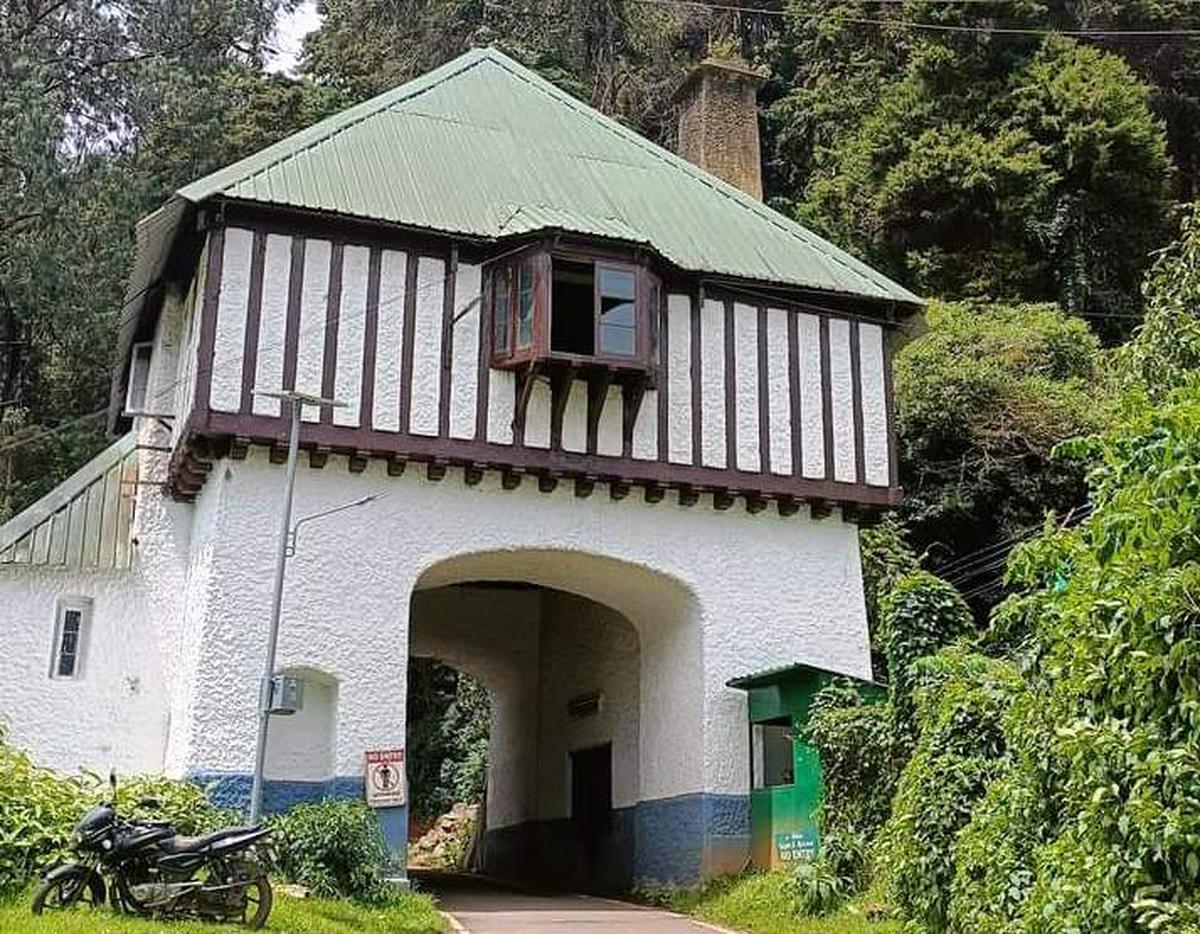On January 8, 1819, sitting in Dimbatty valley, the Collector of Coimbatore, John Sullivan, wrote to Sir Thomas Munro, who was Governor of Madras: “My dear Colonel, I have been in the Highlands for the last week. This is the finest country… it resembles I suppose Switzerland more than any other part of Europe… it freezes here every night, this morning we found ice in our water chatties (clay pots).”
It has been two centuries since this expedition of colonial explorers, led by John Sullivan, made its journey up the Nilgiri hills. As the Nilgiris celebrates the bicentenary of this exploration, heritage enthusiasts, ecologists and locals are uniting to celebrate the legacy of the ‘blue mountains’.
Pristine past
“Ootacamund, the first hill station of the British Raj, officially came into being on June 1, 1823 when Stonehouse, the first modern building on the hills was opened,” says Venugopal Dharmalingam, honorary director of the Nilgiri Documentation Center (NDC) who came up with the idea of the bicentenary celebrations.

The Stone house built by John Sullivan
| Photo Credit:
M. Sathyamoorthy
Set up in 2006 as a Public Trust, the NDC, has painstakingly gathered and published, a voluminous documentation of the hills. John Sullivan, the Collector of Coimbatore, of which Nilgiris was then a part, first sighted Ootacamund in 1821, bought about 100 acres from the native Todas of Hottegamund and began construction of Stonehouse in 1822.
Also read: Scrutinising Sullivan 200 years after his arrival in the Nilgiris
Stonehouse, which now serves as the Government Arts College, has played a key role in the development of the hill station over the two centuries.
John Sullivan
| Photo Credit:
Special Arrangement
Sullivan saw the mountains as a health resort. To promote his plan for a sanatorium for sick European troops in India, he lost no time in making the hills habitable by laying roads, building houses, planting English vegetables, trees, and flowers. He dammed the waters into a series of reservoirs all the way to the East coast more than 200 kilometres away for irrigation and navigation. The plan could not go beyond the first reservoir for want of funds and the town was blessed with a fine ornamental lake which later became a prime tourist attraction. “The work on the lake started in January 1823 and completed by June-July 1825, personally supervised by Sullivan and carried out by tank diggers from Vellore,” explains Venugopal.
Dipali Sikand, founder of Club Concierge, who now runs MindEscapes in Ketty, a creative retreat, draws attention to the fact that the Nilgiris has always been a hotspot for innovation. She says, “Where was the game of snooker invented? Which hills welcomed visits from Nikita Khruschev, Mahatma Gandhi, Pandit Nehru and also Edward Lear? Where did Maria Montessori, Madame Blavatsky and the Viceroys of India like to take their vacations? Where do tigers, bisons, and elephants still roam the jungles? Where did the experiments for the wheat that brought the green revolution happen? — The answer is the Nilgiri hills of Southern India. The Nilgiris Biosphere Reserve, a fascinating ecosystem covering a tract of over 5,000 square kilometres, is India’s first and foremost biosphere reserve with a heritage, rich with thousands of flowering plants and over 100 species of mammals, 350 species of birds, 80 species of reptiles, about 39 species of fish, 31 amphibians and 316 species of butterflies as part of its fauna.”
Dipali says, Tennyson (though never there) wrote of ‘the sweet, half-English air of the Nelligheries’ and thousands including maharajas, tourists, scholars, soldiers, and missionaries have enjoyed it over the past two centuries. Starting with the Maharaja of Mysore in 1860s, a steady stream of princely statesmen from Baroda, Jodhpur, Hyderabad and Coochbehar built their summer residences in the town. Arranmore, an extravagant palace-bungalow spread over 36 acres, built by Maharaja of Jodhpur, Hanwant Singh, as a summer retreat is now a government guest house, known as Tamizhagam.
“This small region is where Jules Jannsen took the first photograph of a solar eclipse (1871). ” elaborates Dipali adding that the place is a social treasure-house for anthropologists as it is home to over a dozen tribal groups — Kotas, Todas, Badagas, Paniyas, Nayakas, Irulas and six tribes of Kurumbas — found only here and each with its own distinctive Dravidian language.
At the flat races
| Photo Credit:
Special Arrangement
The vast grasslands of Wenlock Downs became the favourite recreational haunt of the Europeans. Golf, steeple chase, point-to- point races, gatherings, picnics and a cross-country run for the sturdy native Todas added to the popularity of the annual event. A 24-year-old Winston Churchill had his first political ambition while riding in the Downs in 1898. In July 2005, UNESCO added the Nilgiri Mountain Railway, a 1,000 mm metre gauge railway in Tamil Nadu, India, built by the British in 1908. The railway is operated by the Southern Railway and is the only rack railway in India. The railway relies on its fleet of steam locomotives.
Shaky balance
However, in 200 years, the balance of the entire ecosystem is nearing a tipping point. “Once a refuge for Nature, plant ecology, and human cultures that lived sustainably, there has been a systematic drain of the landscape. Some of the unique ecosystems and intertwined livelihoods have been wiped out. The solution lies in allowing Nature to heal,” says restoration ecologist Godwin Vasanth Bosco. He restores native grasslands across the Nilgiris, helping not just native forests, but also the wildlife dependent on them.
Markers of time
Two contemporary architects, Major JLL Morant and RF Chisholm worked together and created some of the best architectural landmarks in Ooty. Chisholm designed the iconic Nilgiri Library in 1865-67, besides the Ooty Post Office, the Court complex, the Oriental Buildings opposite the Collector’s office and the present Breeks Memorial School.
Older residents recall the glorious, golden days. K Natarajan, 74, president of Heritage Steam Chariot Trust that documents the history of the iconic Nilgiri Mountain Rail, remembers how the train that chugged along served as a cue to announce lunch break for people who worked in tea estates. “As a 10-year-old, I was given the responsibility to spot the train. In the evenings, when they hear the sound, workers get ready to leave for home. The train transported horses, vegetables, teas, and also the huge machineries that came from Canada for the Kundah hydro power project. There were no bus stands or autorickshaws, we just walked.”
Wenlock Downs
| Photo Credit:
Special Arrangement Centre
Echoing the statement is D Radhakrishnan, a senior journalist and honorary secretary of The Assembly Rooms, the oldest cinema hall in Udhagamandalam that occupies pride of place in the Nilgiris. “For long described as a quaint little hill station, it used to be a place where time stood still, and locals took great pride in old world manners and hospitality. With the town undergoing rapid development and eroding of such unique values, old timers like me are finding it difficult to come to terms,” he says.
House of yore
Stonehouse was turned into the Summer Secretariat of the Madras Presidency, and had served 30 Governors, starting with Sir Thomas Munro, the first Governor to visit the hills, who stayed there as the guest of Sullivan in 1826 and created a European settlement on Stonehouse Hill.
As the hill station enters its third century, many have raised their voice against the undesirable changes in the natural environment through campaigns like Save Nilgiris. “The campaign eventually set up an NDC to create awareness and take action to protect and preserve the Nilgiris,” says Venugopal, adding, “I was born when independent Ooty was five years old. There were still some Europeans and a sizeable number of Anglo-Indians. ‘Morning boys’, old European residents walking their dogs used to greet us when we passed them. We simply nodded.”

Police Beat
| Photo Credit:
Special Arrangement
It was also a time when every one walked, no matter the distance. English cottages and bungalows stood out amidst their charming gardens and orchards. Adds Venugopal, “There were woods everywhere. We could wander from dawn to dusk without any fear. Wild fruits were aplenty. As kids we really believed we would never leave Ooty.”
Stay connected with us on social media platform for instant update click here to join our Twitter, & Facebook
We are now on Telegram. Click here to join our channel (@TechiUpdate) and stay updated with the latest Technology headlines.
For all the latest Life Style News Click Here
For the latest news and updates, follow us on Google News.
